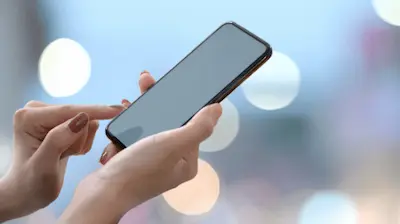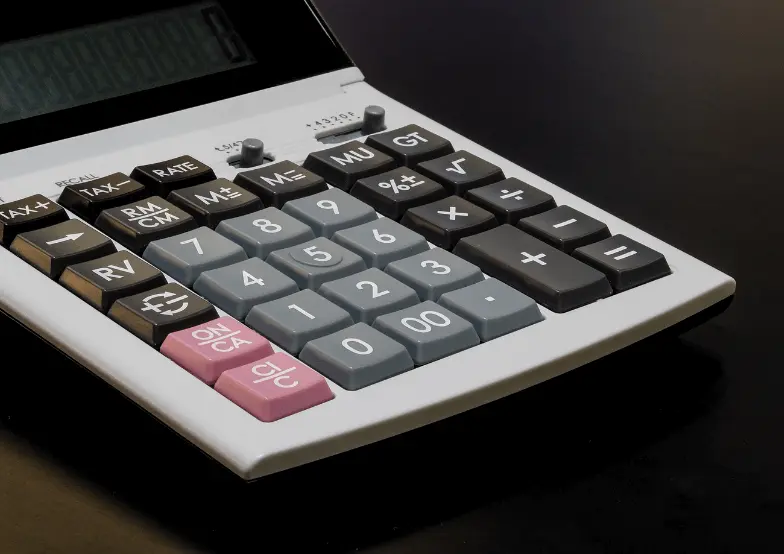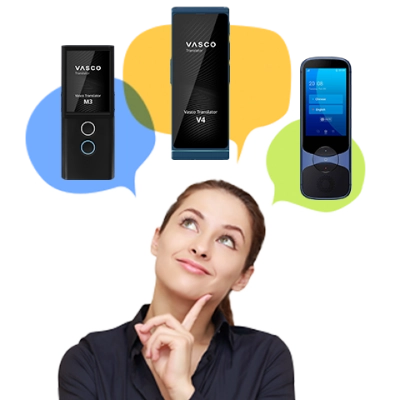
Multilingual communication is definitely getting more and more significant due to many technical advances, the ease of traveling, and the necessity to work abroad. All those things contribute to the fact that we need to speak foreign languages, however, it’s impossible to be fluent in all of them.
A perfect solution is to translate. But a human translator can’t always be there to help you. So we have two choices: spend thousands of headaches learning every new language you need to use or take advantage of a digital translator or a translator device.
Let’s look closely into the advantages and disadvantages of both types of translation services: pocket translator devices and translator apps.
Well, a translator app is certainly cheaper than an electronic translator device. Electronic translators usually cost around 300 dollars. However, translator apps have much less to offer. These solutions typically have only one translation engine, which means that, even though they may provide a decent translation into some pairs of languages (especially the popular ones like English and Spanish or French and German), their quality will probably decrease when translating, for instance, from Japanese to American English.
Pocket translator devices often access multiple translation engines, which provide users with accurate translations for most language pairs. An example of such a device can be Vasco Translator M3, which has as many as 6 translation engines. How does it all work? This translator device accesses the one engine that is able to provide the best translation for a chosen language pair.
You need to be online to use both a translator app and a pocket translator, no doubt about it. However, when it comes to the first option, you usually have to use your own mobile data, whereas pocket translator devices usually have a built-in SIM card providing internet access for the purpose of the translation. This is a huge advantage and big convenience for travelers because, in some countries, internet access can be very expensive. Using your own data to run an application may, therefore, be costly.
There’s one more thing. Some SIM cards have a limit on the data usage (such as the one in Travis Touch Go), but there are translators which offer unlimited internet for life — for instance, Vasco Mini 2 and Vasco Translator M3, the only devices on the market offering internet access for life and with no limit. This also means that a device like that is a long-term investment — pay once, use it forever anywhere you want without any additional costs. The internet cost is not so scary anymore, is it?

The next point of the “translation app vs device” discussion would be the comfort and ease of usage. When it comes to using a translator app on your mobile device, it seems comfortable enough, but, we usually use our cell phones for many purposes. Scrolling other apps and playing games can easily exhaust the battery, meaning that it may die way sooner than in a standalone translator device.
When you have a device that is dedicated to translation, its battery will definitely last longer. What is more, such a translator is available to work right away, without having to perform tedious security-related tasks. All in all, they are ready to use with a push of a button.
The translation app vs device conflict and the above points can also be well illustrated by the use of, for instance, a calculator. Even though we have a variety of apps providing the same functionality as pocket calculators, many people still use dedicated pocket calculators when they need their features on a regular basis. They don’t waste time unlocking a screen and looking the calculator up among a multitude of other apps — all basic features (and more) are available at the push of a button in a dedicated device. The same applies to using a translation app and a pocket translator.

Last but not least, pocket translators also have features such as photo translator, which provides the ability to translate text on pictures, or even phone call translation functionality.
Translator apps seem to be quicker, more comfortable, and less expensive. Imagine, however, being on a trip to Australia or Japan. Your internet bill may be enormous. Electronic translators also provide much more accurate translations and greater ease of usage, thanks to intuitive interfaces. So if you ever have a “translation app vs device” kind of thought, be sure to keep in mind the points of the above discussion.
Articles
When purchasing any device, it’s important to do some research on your side. Or you can leave it to professionals! We have been reviewing electronic translators for years now. You can check our ranking or use our comparing tool, which helps you select a better translator based on product specifications. Also, be sure to check out our article. There, we delve deeper into how to pick the best language translator device for travel, business, and education.
Choosing a live translator is not a task that’s as easy as it might sound. Of course, some devices are plain better than others and it really pays to research so you’re not stuck with a suboptimal option - but your particular needs and wants really need to be considered as well. Are you going top be using the live translator for work? Or maybe you’re meaning to travel with it?
While all the translators we write about here are portable, some portable translators are more portable than other ones. How so? First, there’s the size. Pockets are not created equal, and neither are portable translators. Some of them are smaller (like the Vasco Mini 2), while some are a bit bigger. If space is an issue, this is certainly something to consider. Then there’s the matter of the internet price - some devices come with unlimited internet in a variety of countries, while some don’t. The countries in which the free internet is available is also something that’s well worth checking when you’re picking a portable translator to go with you on an exotic trip.
The features available on various language translator devices vary - this is a pretty obvious statement. What is less obvious is that you should consider which ones are the most important to you - is translating voice the reason you’re after a translator device? Or are you meaning to translate pictures? Even if the language translator device you have selected has a particular function, it will be wise to check if the particular feature is the language translator device’s strong suit, or just something chucked in to be able to tick off a box.
Copyright © 2025 voice-translator-review.com